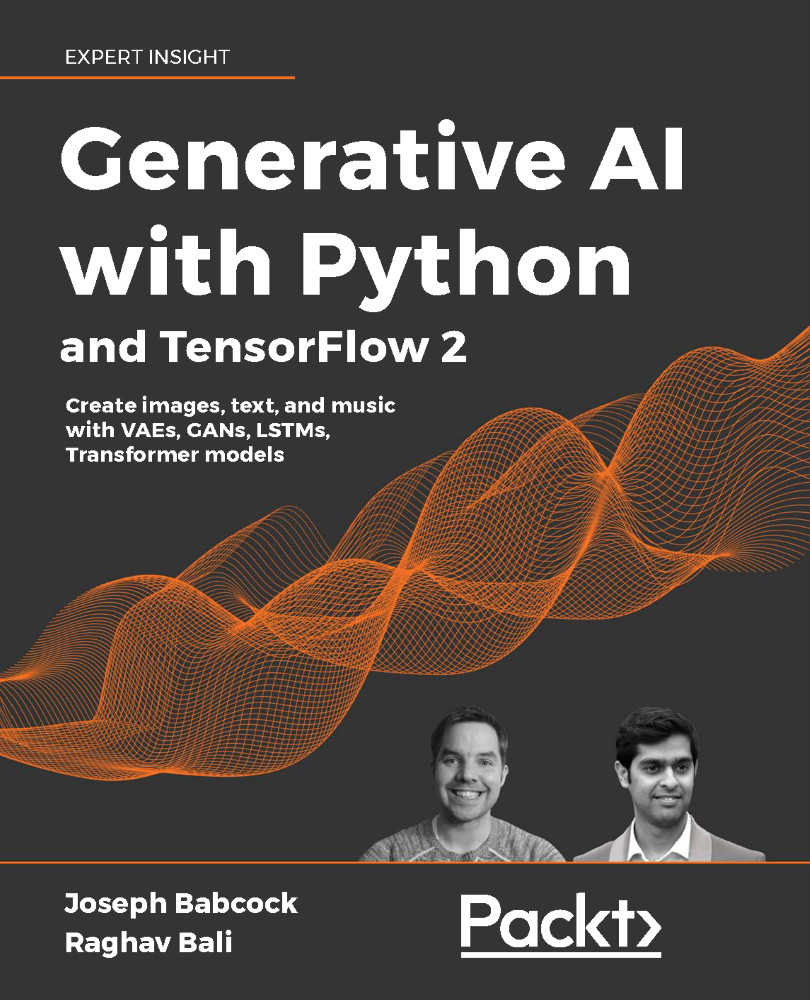The Rise of Methods for Text Generation
In the preceding chapters, we discussed different methods and techniques to develop and train generative models. Particularly, in Chapter 6, Image Generation with GANs, we discussed the taxonomy of generative models and introduced explicit and implicit classes. Throughout this book, our focus has been on developing generative models in the vision space, utilizing image and video datasets. The advancements in the field of deep learning for computer vision and ease of understanding were the major reasons behind such a focused introduction.
In the past couple of years though, Natural Language Processing (NLP) or processing of textual data has seen great interest and research. Text is not just another unstructured type of data; there's a lot more to it than what meets the eye. Textual data is a representation of our thoughts, ideas, knowledge, and communication.
In this chapter and the next, we will focus on understanding concepts...












































































